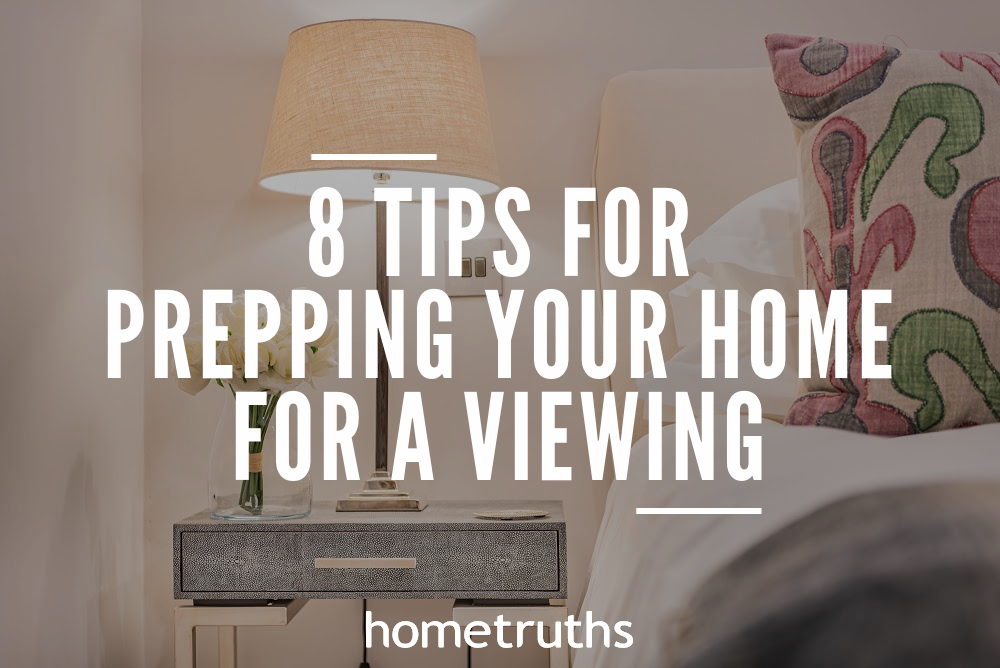Selling a house in the wintertime is never easy. Your garden is looking far from its best, dogs and children are wont to bring in mud and leaves, and everything looks so grey. I’ve put together a list of 10 Top Tips to help you market your home more successfully during a typical soggy English winter:
1. Have a strict rule with boots and shoes – off at the front door then away out of sight.
2. Have your carpets cleaned if necessary to make sure they are looking their best.
3. Keep muddy wet dogs out of the house – in the car or with a neighbour. A non-doggy lover will be very sensitive to any aromas of wet dog.
4. Have your outside hard areas professionally cleaned. Getting rid of leaves and debris, and power-washing any grubby areas will really help your garden look well cared for.
5. Put away your garden furniture if it is plastic or wood; if it’s metal, you can leave it out so long as it doesn’t look too forlorn. Make sure tables and chairs are arranged nicely, and store your parasol away for next year.
6. Place lots of bird feeders around your garden at strategic areas, outside windows. Your viewers will be enchanted to see all the wild birds feeding on them.
7. Keep your home warm and cosy at all times, ready for a viewing. If you have a real fire, keep it laid ready for lighting, and have all your side lamps lit throughout the house. Don’t shut your curtains until at least 8pm, to give any drive-by viewers the chance to see how welcoming your home looks from outside.
8. Stop all viewings over Christmas; your home never looks its best covered in Christmas decorations with your living room dominated by the tree. At the very least, it will give you a break whilst you’ve got so much to do.
9. Offer viewers a hot drink and a comforting treat, like a piece of homemade gingerbread.
10. If possible, dress beds with darker coloured bedding sets, and drape with blankets and quilts for a super cosy look.
Follow these ten tips and you could be moved by the time the snowdrops appear!
If you’d like my help to sell your home more effectively, please answer a few short questions here and if I think I can help you, I’ll be in touch.


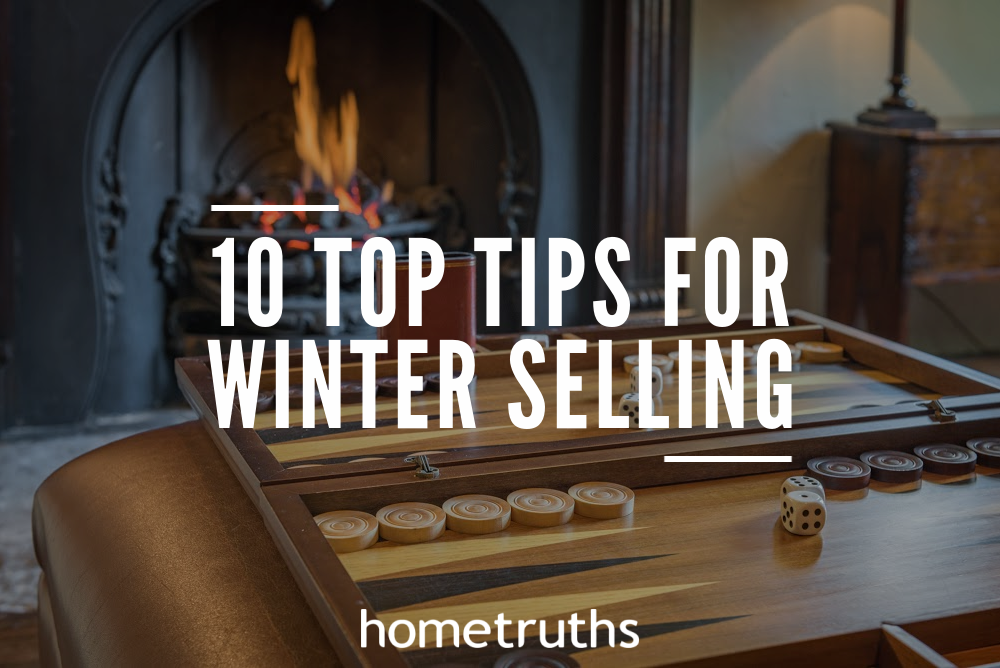

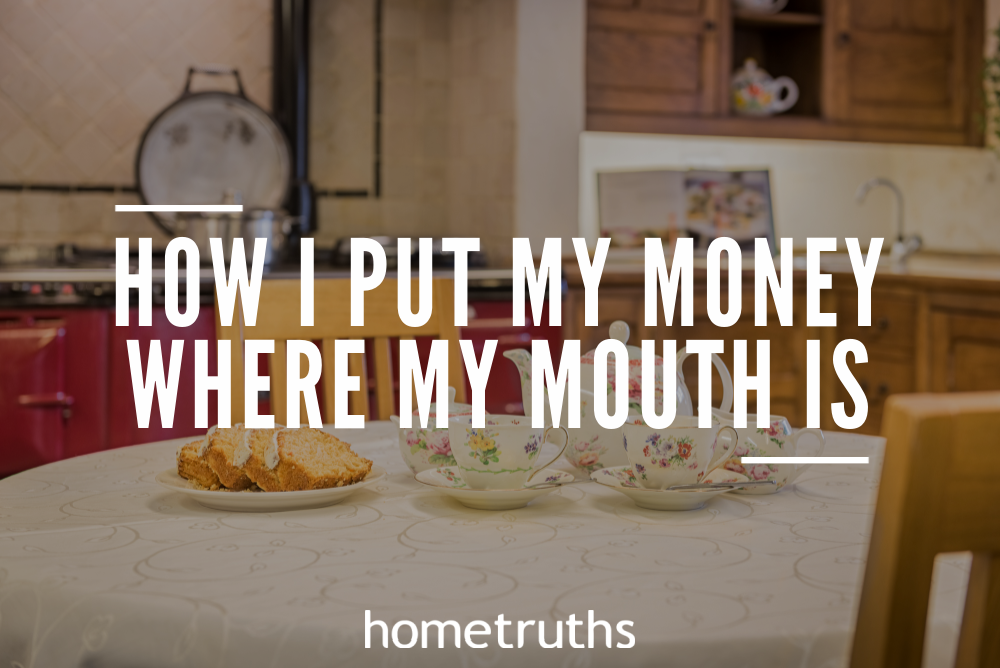

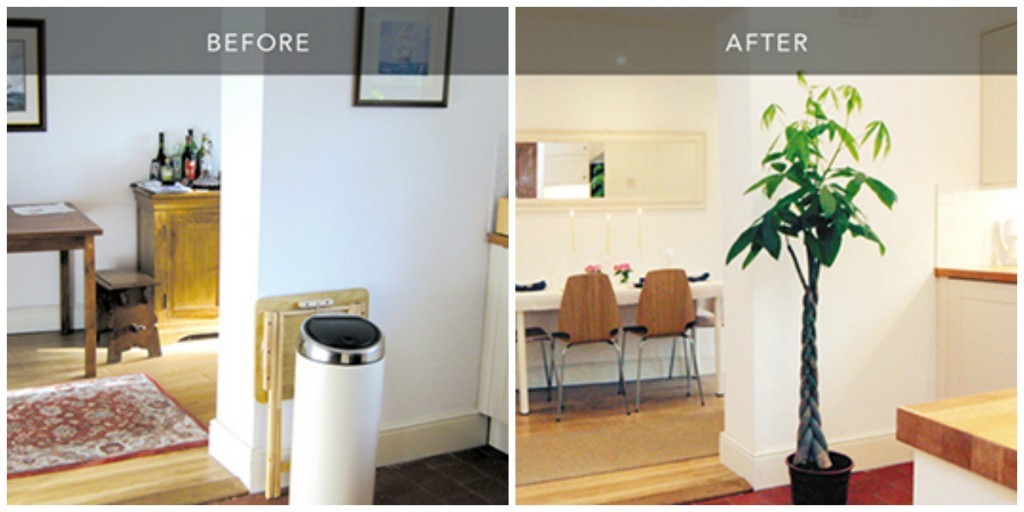
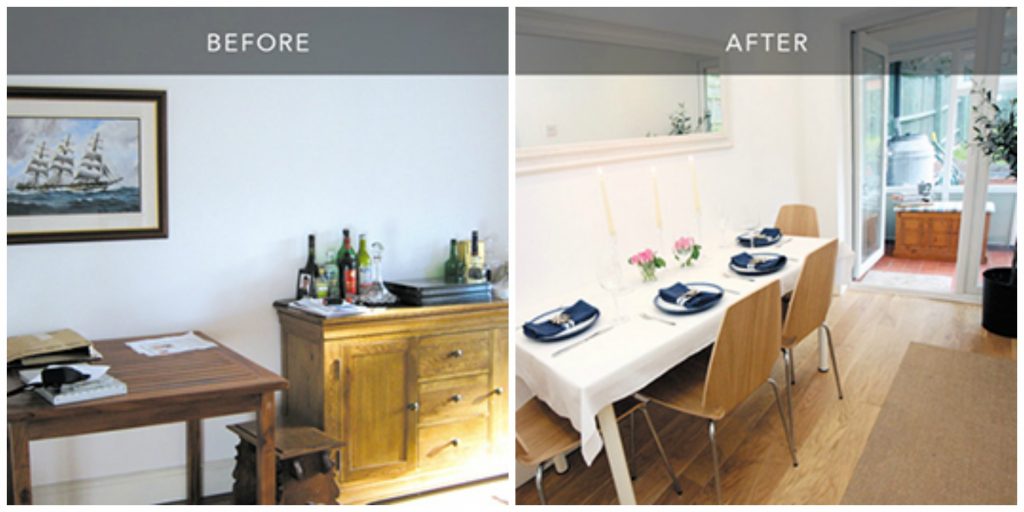
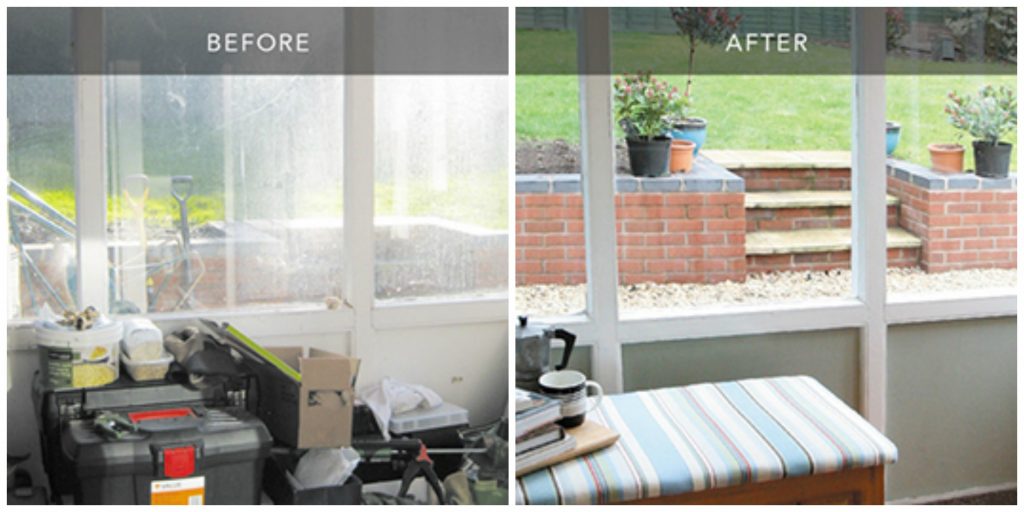
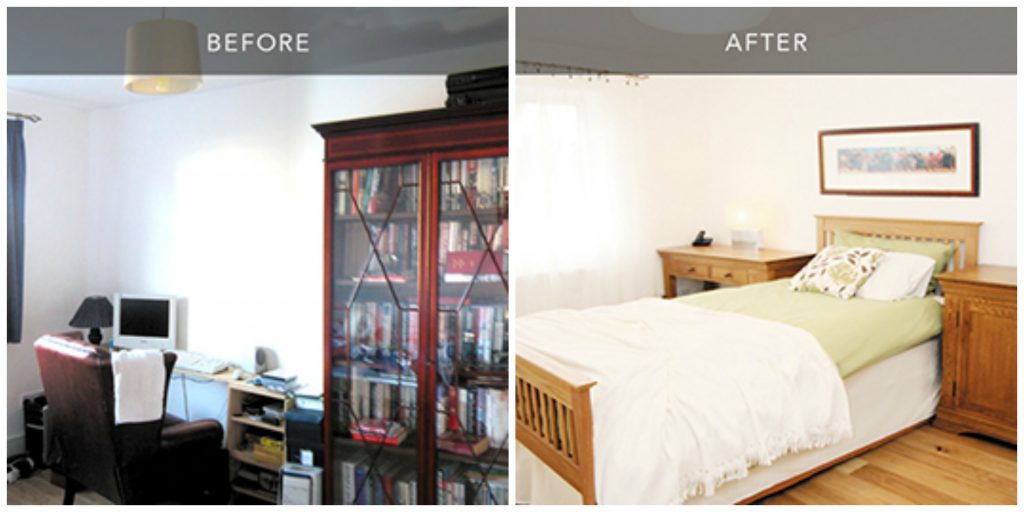

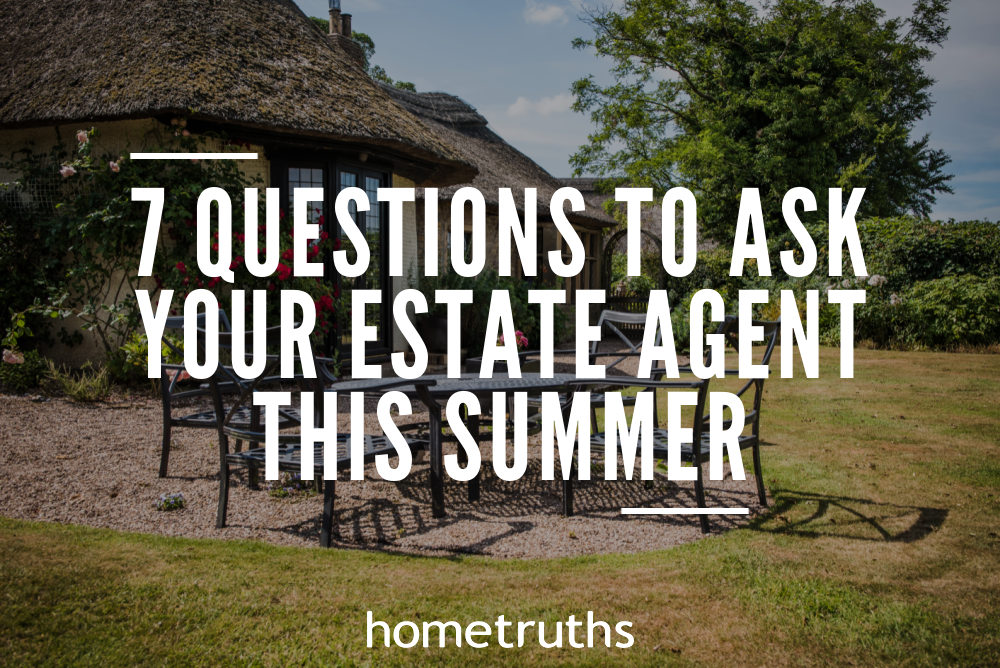
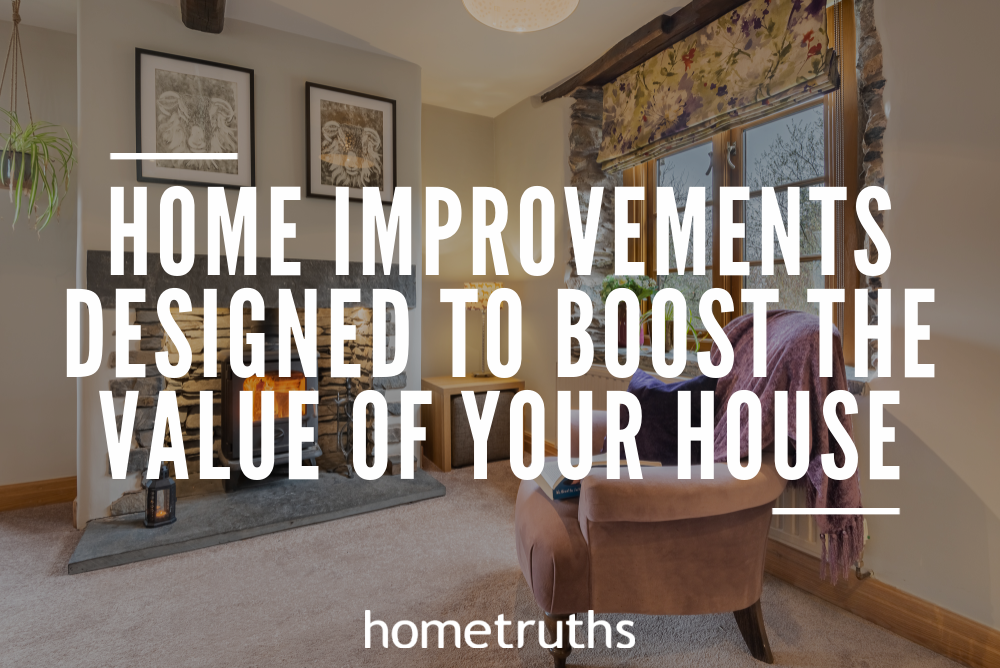

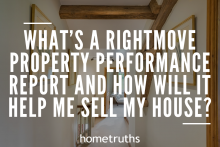
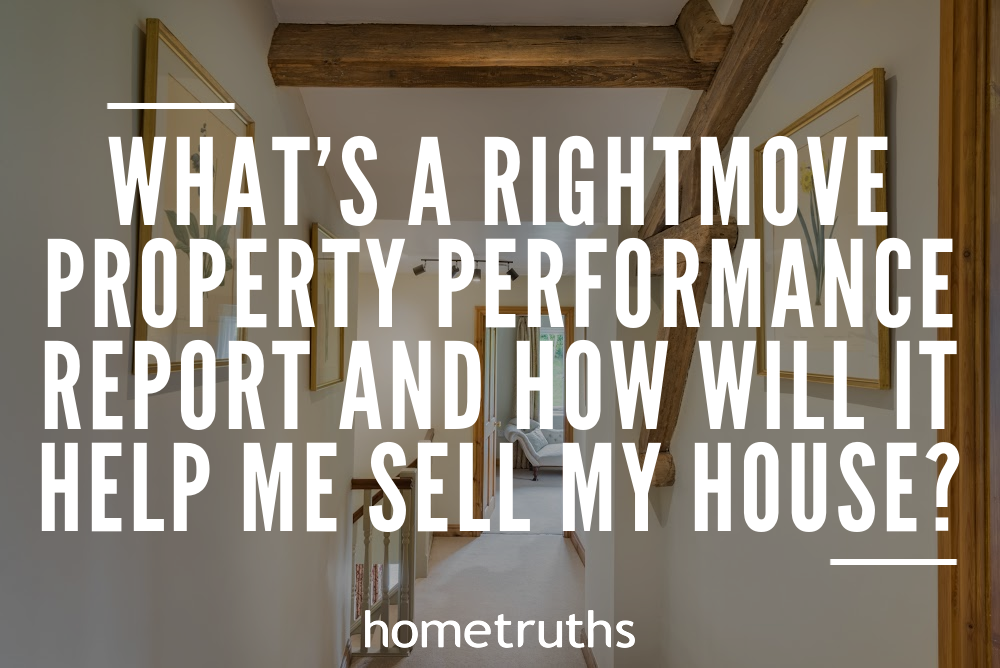
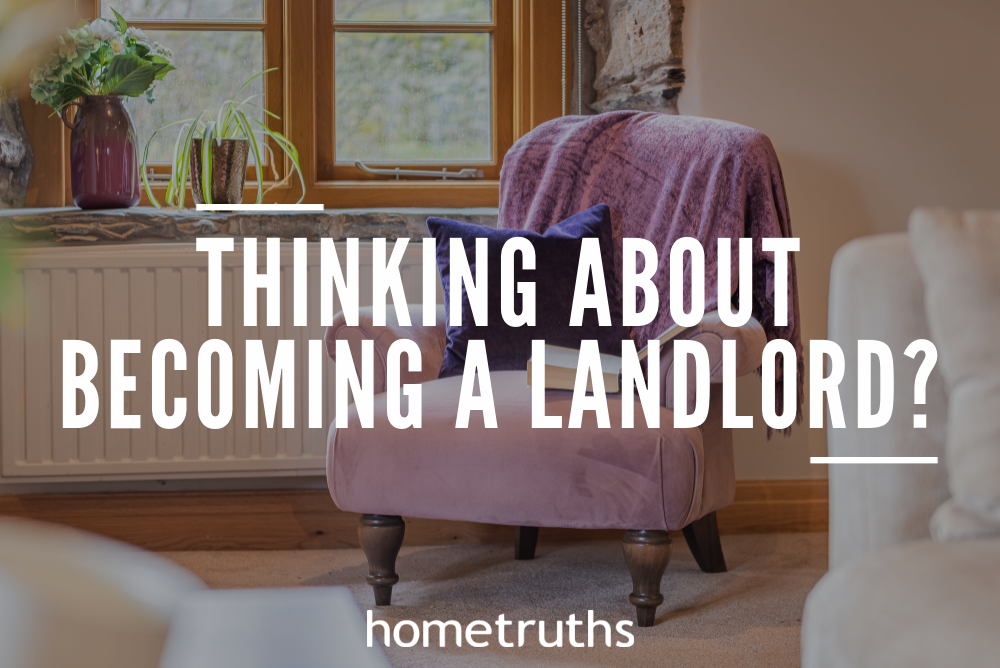
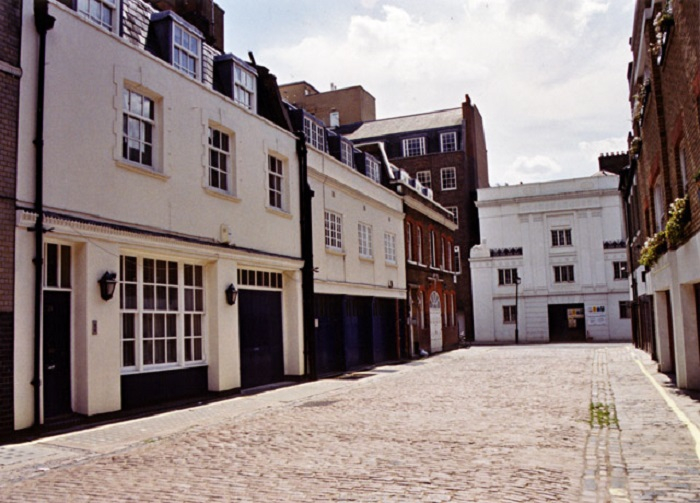
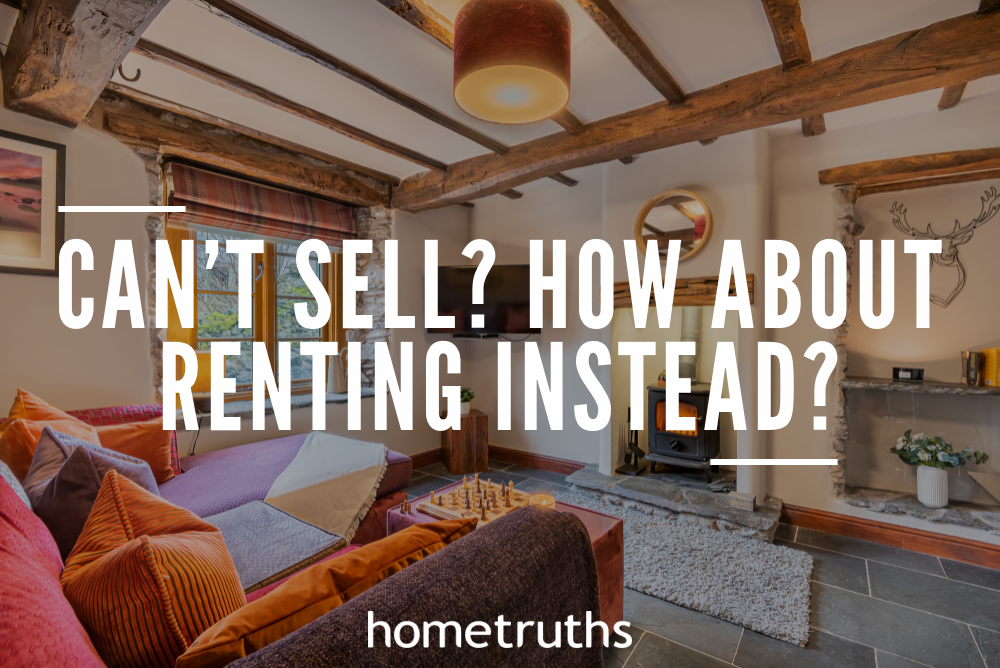
 Today’s guest post is by Tom Wills of
Today’s guest post is by Tom Wills of 